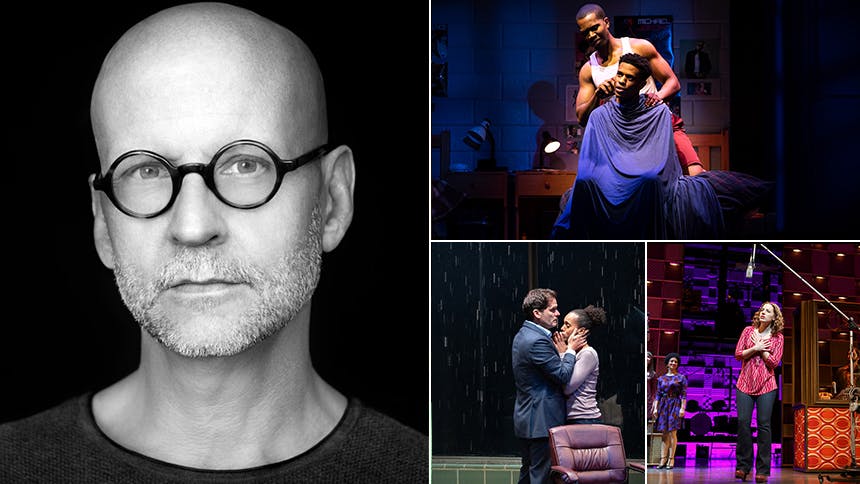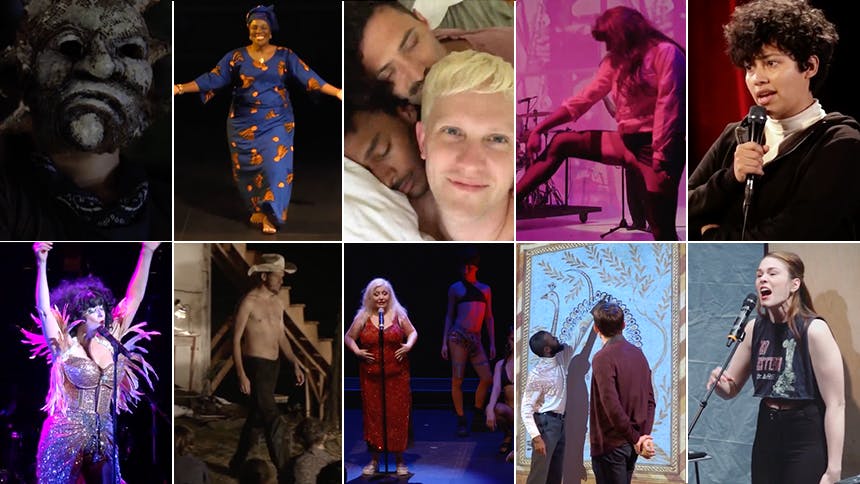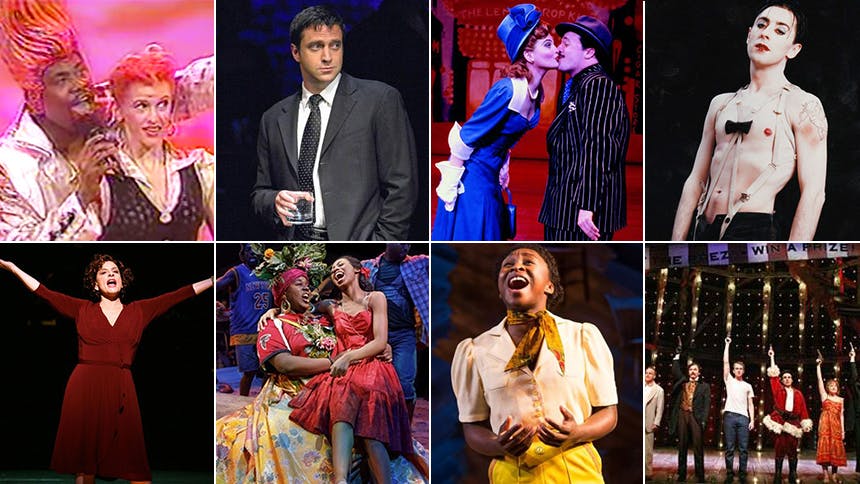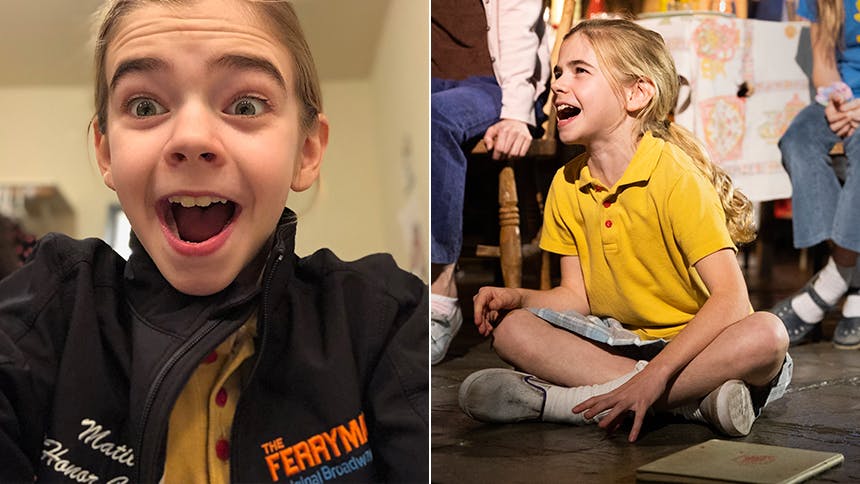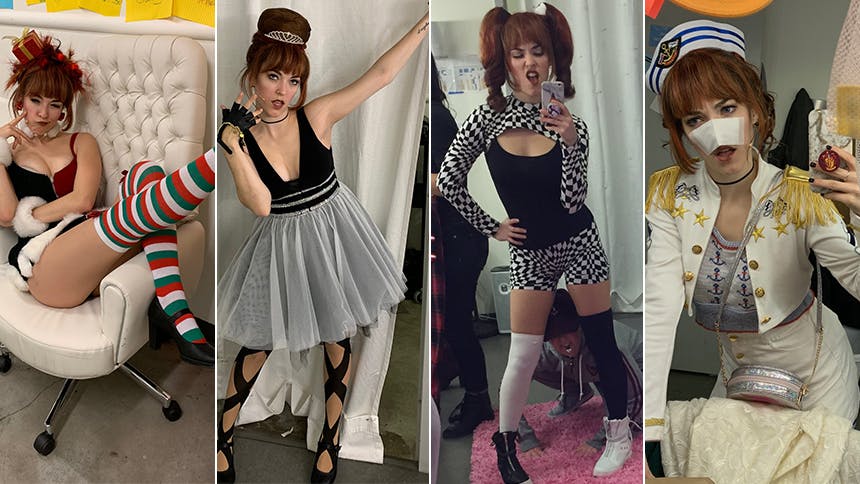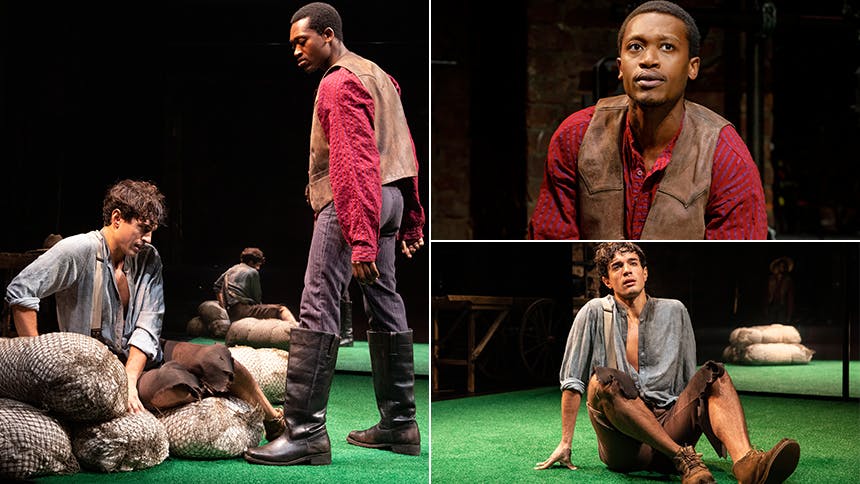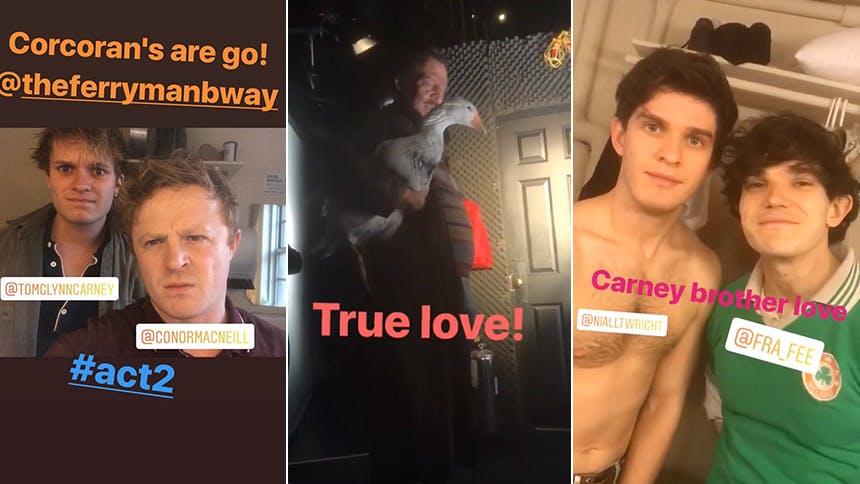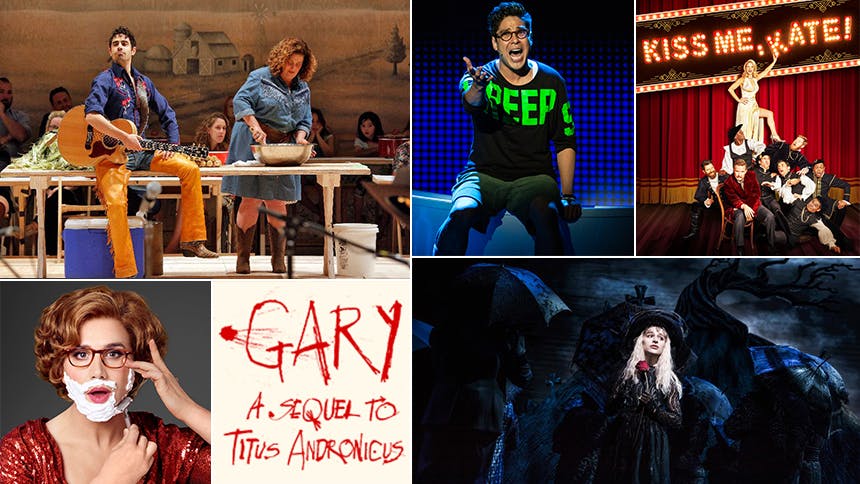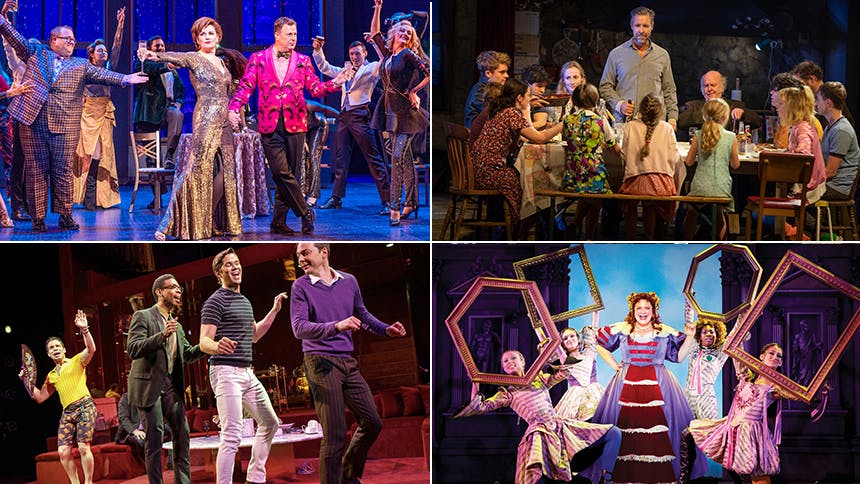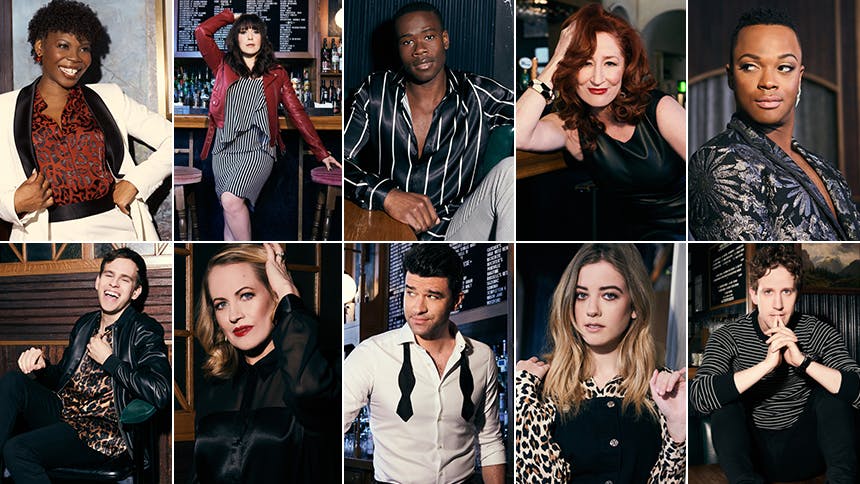Tarell Alvin McCraney's acclaimed new Broadway drama Choir Boy
at MTC marks Tony Award-winning lighting designer Peter Kaczorowski's 60th Broadway show. Peter made his Main Stem debut in 1991 designing the lights for the first Broadway revival of Harold Pinter's The Homecoming. A five-time Tony nominee, Peter won the award in 2001 for The Producers, and his work can currently be seen in Broadway's Choir Boy, American Son and Beautiful: The Carole King Musical and off-Broadway's Yiddish Fiddler on the Roof.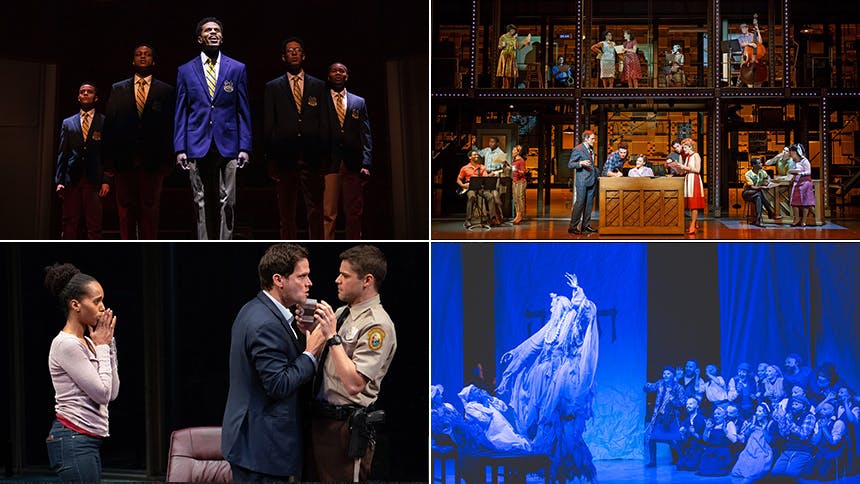
BroadwayBox caught up with Peter to discuss his process, advice for aspiring designers, and what makes a great artist collaboration.
1. How do you know when a project is right for you? What do you consider before signing on?
I think I’m particularly drawn to pieces that require a strong emotional response from the lighting…and pieces that rely on the lighting to propel the evening forward. I am attracted to pieces and productions that require strong story-telling through light, whether that’s a play or a musical or an opera. As far as considerations before signing on go: if I think I can do the piece justice, and if the rest of the team is right, I’m pretty much in. If I don’t emotionally respond to a script, if I feel it’s not very honest or sincere, I’m less interested.
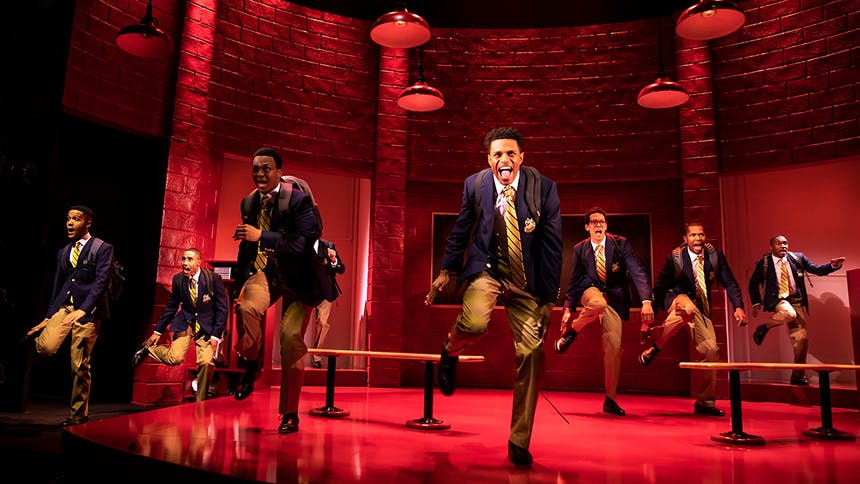
2. How does your process differ from each show and how does it stay the same?
After 40 years of doing this, I definitely have a method for laying out a show. My "process" was developed at the very beginning of my career when I did a great deal of dance and opera in repertory—where I learned you have to be flexible, ready for anything, and where one has to make a rig that can support four or five different operas in a season or even four different dances in a single evening. So, I always lay out a show with some structural systems as a given—a foundation as it were—and then within that I get specific as relates to the requirements of the text and the scenic idea. What makes it different every time are the specific requirements of the text.
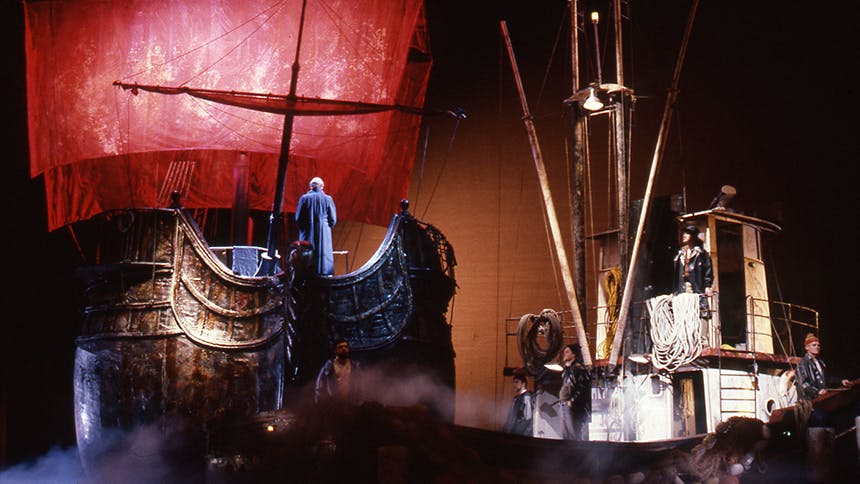
3. With 60 Broadway credits to your name, are there any plays or musicals you wish you could revisit and have another crack at now?
The musical Steel Pier was a very big deal for me. It was my first “big” musical on Broadway. Susan Stroman. Tony Walton. William Ivey Long. Tony Meola. I was a definitely the junior designer and more than a bit intimidated. But I liked the show, I liked the lighting. I was sad it wasn’t a success. There might be some poetry in getting to do that show again someday.
4. Do you have a favorite lighting effect or moment in each of the three shows you have running on Broadway right now (Choir Boy, Beautiful, & American Son)?
I couldn’t really point to a specific effect in each of those shows that I could call a favorite. The lighting of a show as a whole can become a favorite of mine, not so much effects within them, and they are the ones in which I feel I’ve succeeded in rendering a show that holds up visually from beginning to end—The Kiss Me, Kate revival in 1999 for example. I’m happy to say that I think Choir Boy is a wonderful important show beautifully done by everyone involved. And it’s nice that for my 60th, I am really happy about the lighting.
5. Tell me about a piece of lighting design you’ve seen as an audience member that really affected you.
Easy. The first ten minutes of Grand Hotel at the Martin Beck in 1992. I was absolutely floored. Jules Fisher’s work on that show was amazing throughout. But the opening 10 minutes were positively sublime. I still think about it. It was so beautifully developed, so sensitively timed, so gorgeous to look at every single second. I wrote him a fan letter.
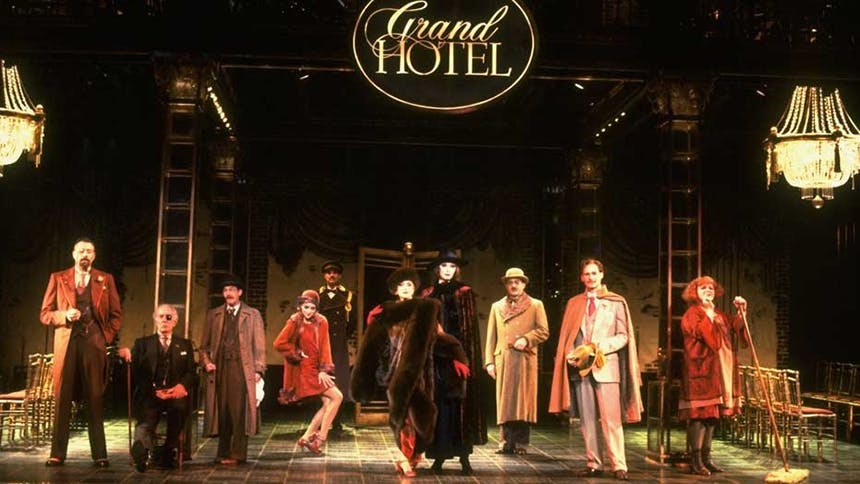
6. What advice would you give to a young aspiring lighting designer who hopes to have a professional career on stage?
I interview a lot of aspiring designers. And I’m always pretty honest about the fact that making a living as a freelance theatrical lighting designer is rather unlikely. There are many more opportunities in the TV/video world these days. And that actually might be a good choice for a lot of temperaments. If you really want the New York scene, you better be really committed, organized, talented, affable, and hopefully married to someone with a real job.
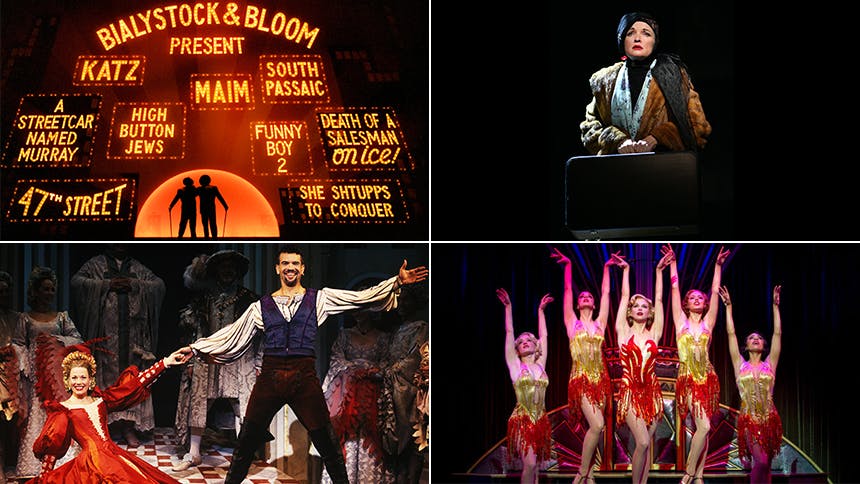
7. So much of your work as a designer if collaboration with other artists on the creative team. What makes for the best collaborations in your career?
Of course, even the best of collaborations don’t always end up making a great show. I think the best collaborations are the ones in which all the designers respect and trust and like each other—where each designer gives the others the time and the room to do the show they’ve conjured in their heads. And of course, over these many years, it’s nice to say that some of my favorite collaborators have also become my friends. It’s always a gift when you get to do a show with friends.
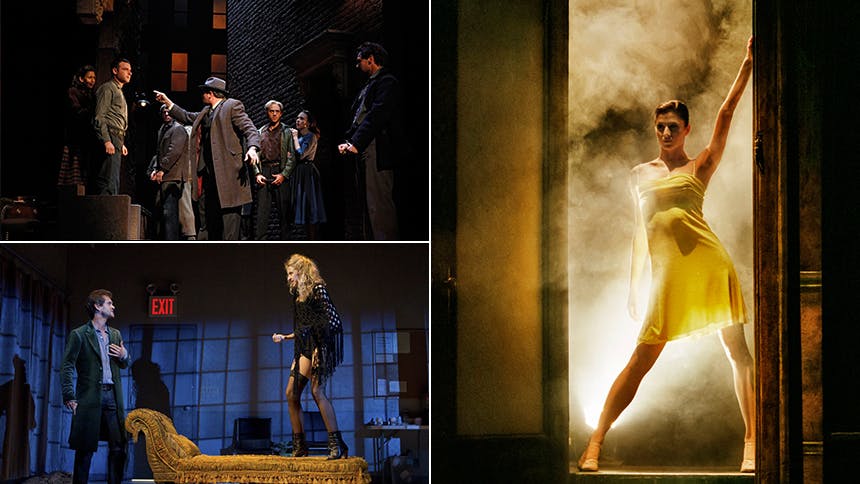
Don't miss Choir Boy on Broadway at Manhattan Theatre Club's Samuel J. Friedman Theatre through February 17.
